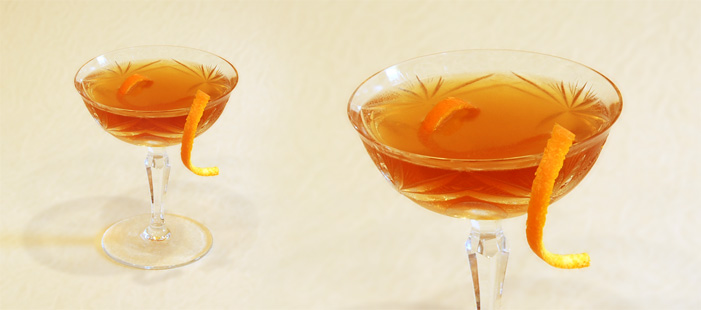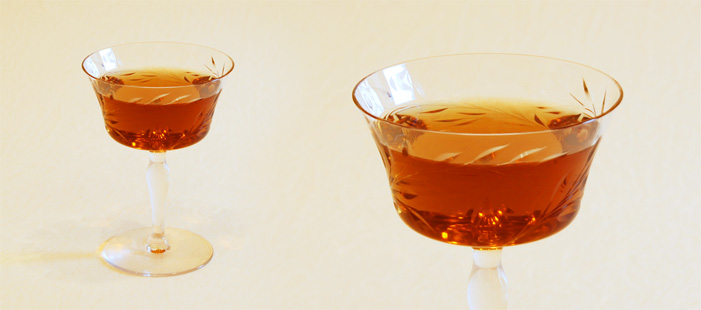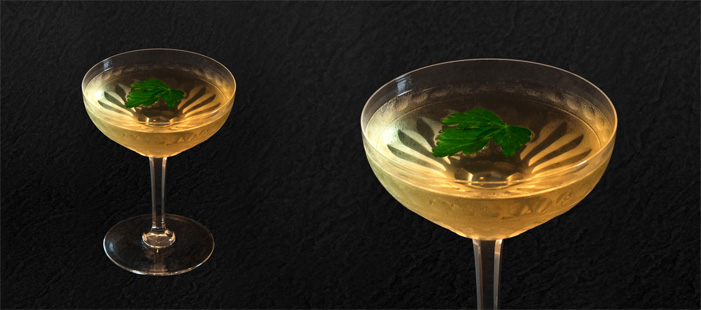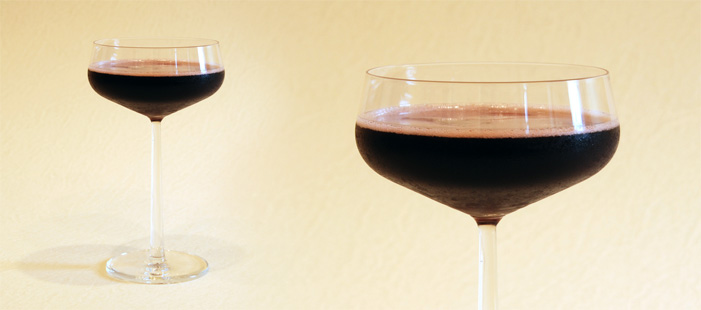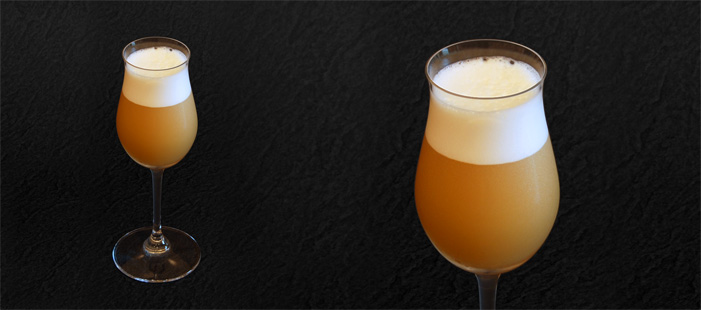|
The seder plate holds two types of bitter herbs. Both symbolize the bitterness and harsh conditions the Jews endured as slaves in Ancient Egypt. For maror, the first bitter herb, many people use freshly-grated or whole horseradish root. Continue reading » |
|
Chazeret is the second bitter herb on the seder plate. It is typically represented by romaine lettuce, whose roots taste bitter. Like maror, it reminds us of the severity of a life lived in slavery. Continue reading » |
|
Charoset represents the mortar used by Jewish slaves to build the cities and storehouses of Ancient Egypt. Recipes vary among different Jewish communities, but it is generally a sweet, brown, pebbly mixture. Continue reading » |
|
Karpas is a vegetable other than bitter herbs on the seder plate, and it represents the coming of spring. It is usually parsley, but celery or cooked potato are sometimes also used. At the beginning of the seder, the karpas is dipped into salt water (Ashkenazi custom), vinegar (Sephardic custom) or charoset (Yemenite custom). The practice symbolizes the tears shed by enslaved Jews in Egypt. Continue reading » |
|
Z’roa symbolizes the traditional Passover sacrifice, a lamb that was offered in the Temple in Jerusalem and then eaten as part of the seder meal. On the modern seder plate, z’roa is represented by a roasted lamb shank bone. Continue reading » |
|
On the seder plate, beitzah is said to remind us of the other festival sacrifice offered in the Temple in Jerusalem. It is represented by a baked egg and symbolizes our sorrow at the destruction of the Temple along with the hope that it will be rebuilt. Continue reading » |



